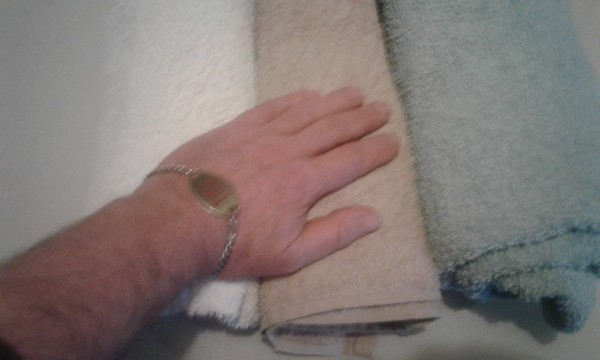In the comments of yesterday’s post, Scottie asked me if there is any way he could provide support to the autistic community. I think it’s important for non-autistic people to listen to what we have to say, what our experiences are, and not dismiss our reality. One of the hurdles the autistic community has in getting our message out to the wider community is that our voice is often drowned out by a more vocal community – the autism community – and it has money and power on its side.
Before non autistics can really support us they need to understand the difference between the autistic community and the autism community. The autistic community and the autism community are two different groups of people who have different perspectives and goals regarding autism.
The autistic community is composed of people who are actually autistic, meaning we have a neurological condition that affects our sensory processing, communication, social interaction, and behaviour. The autistic community advocates for the acceptance and inclusion of autistic people in society, as well as the recognition of our human rights and dignity. The autistic community also celebrates the diversity and strengths of autistic people, and rejects the idea that autism is a disease or a disorder that needs to be cured or prevented. The autistic community prefers identity-first language, such as “autistic person” or “autistic”, rather than person-first language, such as “person with autism” or “person on the spectrum”. The autistic community uses the rainbow infinity symbol as a sign of pride and solidarity.
The autism community is composed of people who are not autistic themselves, but have some involvement with autistic people, such as parents, caregivers, therapists, doctors, researchers, educators, and advocates. The autism community may have different views and opinions on autism, depending on their level of knowledge, experience, and empathy. Some members of the autism community may support the goals and values of the autistic community, and respect the voices and choices of autistic people. They may use respectful language and symbols, such as the puzzle piece with a heart, to show their support and allyship This is the type of supporter we need.
However, the majority of members of the autism community tend to have a negative or paternalistic attitude towards autism, and see it as a problem or a burden that needs to be solved or managed. They may use harmful language and symbols, such as the puzzle piece without a heart, to imply that autistic people are missing or broken. They may also promote interventions or treatments that are abusive or ineffective, such as Applied Behaviour Analysis (ABA), conversion therapy, or bleach enemas. Some refuse to vaccinate their children, fearing autism more than the harm from diseases the vaccines prevent, and sometimes going to the extreme of calling for a ban on early childhood vaccinations altogether.
The differences between the autistic community and the autism community can lead to conflicts and misunderstandings, especially when it comes to issues such as diagnosis, education, health care, research, advocacy, and representation. Therefore, it is especially important for the autism community to listen to, and learn from, the autistic community, as we are the ones who have the lived experience of being autistic. The best way to understand autism is not by studying it from the outside, but by listening to the voices of those who live it every day.


You must be logged in to post a comment.